Plan your Chengde tour? If you are traveling Beijing, it is worth a one-day or two-day side trip to Chengde. Located 250km to the northeast of Beijijng, Chengde has two UNESCO world heritage sites – Eight Outer Temples listed 1994 and Mountain Resort listed in 1997. Chengde is a prefecture-level city in Hebei province.
We list the top 10 attractions in Chengde for you to prepare your Chengde tour.
No. 01: Chengde Mountain Resort
Chengde Mountain Resort, which is located in the northern center of Chengde city, is a place where the emperors of Qing Dynasty spent summer and handled political mandate.
Its construction began in 1703, through 3 emperors’ effort of Qing Dynasty: Kanghsi, Yongzheng and Qianlong, ended after some 90 years. The Mountain Resort is divided into four parts: the Palace Area, Lake Area, Plain Area and Mountain Area.
The Mountain Resort is a unique royal garden with magnificent scale, a precious landscape architectural masterpiece left by our ancestors.
Entrance Fee: CNY 120 (Mar.1 – Nov.30), CNY 100 (Dec.1 –Feb.28)
Opening Hours: 8:00-17:30
How to get there: Take Bus No.5, 7, 11, or 15 from Chengde Railway Station to the Mountain Resort, or take a taxi at a cost within CNY10 from anywhere of the downtown area of Chengde.
No. 02: Eight Outer Temples
The Eight Outer Temples refers to a group of monastic complexes situated outside the Mountain Summer Resort of Chengde.
There only 7 temples left intact. Located east of the resort are the Puren Temple, the Pule Temple and the Anyuan Temple.
To its north is the Puning Temple. North of the Mountain Resort are the Xumifushouzhi Temple, the Putuozongchengzhi Temple and the Shuxiang Temple. The Putuozongchengzhi is also called Little Potala Palace.
The Eight Outer Temples combine with the resort to form a splendid congregate of Chinese architecture.
Entrance Fee: range from 0 to CNY 80
Opening Hours: 08:00-17:00
How to get there: Take Bus No. 5 (which can be boarded either at Chengde Railway Station or at the Commuter Bus Hub Station) to the Mountain Resort of Chengde, then transfer to Bus No. 6 to the Eight Outer Temples.
No. 03: Mulan Hunting Paddock
Mulan Hunting Paddock, which was built in the 20th year of Emperor Kangxi’s region (1681), is a rare natural grassland resort in Hebei Province covering an area of 2,324 square kilometers.Mulan Paddock is covered with 1,658kms grassland. It has majestic mountains, gorgeous scenery and delightful weather.
It boasts plenty of water, lush grass, flock of birds and packs of animals, an ideal place for hunting. The period from June through September is the best time to visit。Entrance Fee: CNY 110
Opening Hours: 8:00-17:00
How to get there: From Chengde, catch a bus at Dehui Gate head for Paddock County; or catch a train, get off at the Siheyong Station; or rent a taxi.
No. 04: Puning Temple
The Puning Temple, or Temple of Universal Peace, is one of the famous Eight Outer Temples in Chengde City, Hebei Province. Puning Temple is a Qing Dynasty era Buddhist temple complex built in 1755.
It is of grand scale, occupying an area of more than 23,000 square meters.The main structure in the temple is the Hall of Great Buddha, hence the Puning Temple is often nicknamed the “Big Buddha Temple”. The complex features temple halls, pavilions, drum towers and bell towers.Entrance Fee: Part of the through ticket with Chengde Mountain Resort.
Opening Hours: 08:00-17:00
How to get there: Take Bus No.6 to the Puning Temple, or take a taxi at a cost within CNY10 from the downtown area of Chengde.
No. 05: Putuo Zongcheng Temple
The Putuo Zongcheng Temple, which was built between 1767 and 1771, is one of the famous Eight Outer Temples in Chengde City, Hebei Province.The Putuo Zongcheng Temple was modeled after the Potala Palace of Tibet, the old sanctuary of the Dalai Lama built a century earlier. Hence the Putuo Zongcheng has been nicknamed the “Little Potala Palace”.
The temple complex covers a surface area of some 220,000 square meters, making it one of the largest in China.
Entrance Fee: Part of the through ticket with
Chengde Mountain Resort
Opening Hours: 08:00-17:00
How to get there: Take Bus No.6 to the Puning Temple, or take a taxi at a cost within CNY10 from the downtown area of Chengde.
No. 06: Jinshanling Great Wall
Jinshanling Great Wall, located about 8 kilometers southeast of the Bakeshiying Township in Luanping County in Hebei Province, starts from the Wangjinglou Tower in the east and ends at Longyukou in the west.
Jinshanling Great Wall has five main passes and 67 watchtowers.Every 100 meters, there is an enemy tower each of which is about ten meters high. Jinshanling Great Wall has become a famous scenic spot attracting numerous tourists from both home and abroad.
Entrance Fee: CNY 50 (Mar.15 – Nov.15), CNY 40 (Nov.16 – Mar.14)
Opening Hours: 06:00-20:00
How to get there: Take a bus to Miyun County at Beijing Dongzhimen Long Distance Bus Station, and take the local tourist bus to Jinshanling Great Wall in Miyun County; or Take a bus to Chengde at Liuliqiao Long Distance Bus Station, and get off at Jinshanling Intersection, then walk to Jinshanling Great Wall.
No. 07: The Chime Hammer Peak
Chengde has a national level forest park known as The Chime Hammer National Forest Park. The park is named after the same name peak atop the mountain – The Chime Hammer Peak ( a huge rock ) in the shape of a wooden club.
The Chime Hammers Peak is formed by geological movement of millions of years.The huge rock club is 38.29 meters high, 15.04 wide at the top and 10.07 wide at the bottom. In 1792, the emperor Kangxi in Qing Dynasty first called the mountain “The Chime Hammer Peak”.
Entrance Fee: CNY 25
Opening Hours: 8:00-17:00
How to get there: Take bus 10 to get to the urban area directly.
No. 08: Saihanba National Forest Park
Saihanba National Forest Park, which lies in the north of Chengde, is is an ideal place for touring, hunting and retreat from the hot summer days.
Saihanba national forest park in Chengde is a famous hunting-ground for the old royal families, and is a part of Mulan paddock. It has an average altitude of 1400 meters, and has two main features of forests and grasslands as well as more than ten plateau lakes.The best time to visit this park is at the end of summer and the beginning of autumn when leaves of trees begin to turn different colors.
Entrance Fee: CNY 75
Opening Hours: 24 hours
How to get there: After get off at Siheyong Station, take the minibus to Weichang County (or directly rent a car), then take the regular bus to the Saihanba National Forest Park at County Bus Station.
No. 09: Fengning Grassland
Fengning Grassland, which is located at the northwestern part of Fengning County, Hebei Province, is the nearest natural rich grasslands next to Beijing.
The Fengning Grassland is fully decorated with green grasses and colorful flowers. Moreover, flocks and herds have dotted every here and there throughout the grassland. In summer, it is extremely cool with the average temperature of 17.4 centigrade degree and is thus a good place to avoid the summer heat.
Entrance Fee: Free of charge
Opening Hours: the whole day
How to get there: Take long-distance bus at Sanyuan Bridge in Beijing; or rent a car to Fengning Grassland.
No. 10: Pule Temple
Pule Temple, one of the Eight Outer Temples in Chengde, was built in the 31 year of Emperor Qianlong’s reign in the Qing Dynasty (1766). The Pule temple covers an area of 24 square kilometers.
The front area consists of Chinese-style structures such as the Hall of Mountain Gate, the bell tower, the drum tower, the Hall of Heavenly Kings, the Hall of Timeless Buddhist Dharma, the Side Hall of Wisdom and Power and the Side Hall of the Karma of Victory. The Pule Temple houses many Buddha statues, including many Exoteric and Esoteric Buddha statues.
Entrance Fee: CNY 30 in peak season, CNY 20 in low season.
Opening Hours: 08:00-17:00
How to get there: Take Bus No.10 to the Puning Temple, or take a taxi at a cost within CNY10 from the downtown area of Chengde.
Tip: Hassle-free Chengde Guided Tours
If you don’t want to go the do-it-yourself route and prefer the hassle-free escorted tours, here are some options for guided tours to Chengde:
Chengde tour
Chengde One Day Tour
Chengde 2 Day Private Tour Package with hotel
Chengde Car Rental with Driver
Beijing Chengde One Day Tour By High Speed Train
Beijing Chengde 2 Day Tour by Train
Beijing Chengde 2 Day Tour By Car or Van
Beijing Chengde One Day Tour by car or van
Further Readings
Best Time to Visit Chengde
Top 10 Attractions in Chengde
How to Visit Chengde in One Day
Chengde Outdoor Winter Activities
Best Travel Options Between Beijing and Chengde
Chengde Taxi: Chengde Taxi Fares, Tips and Phones
Any questions, just drop a line.






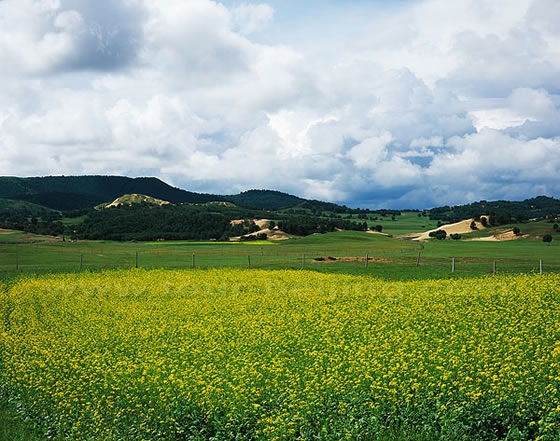
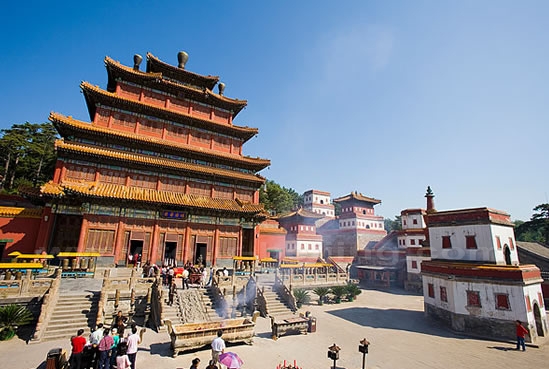
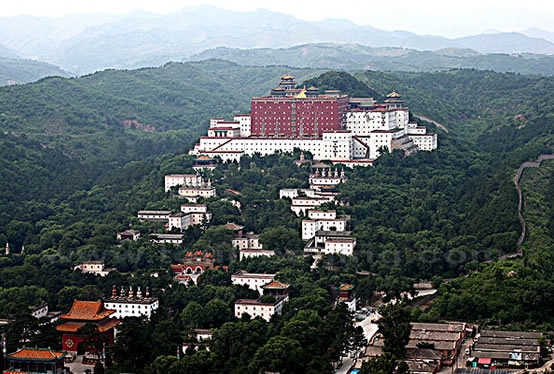
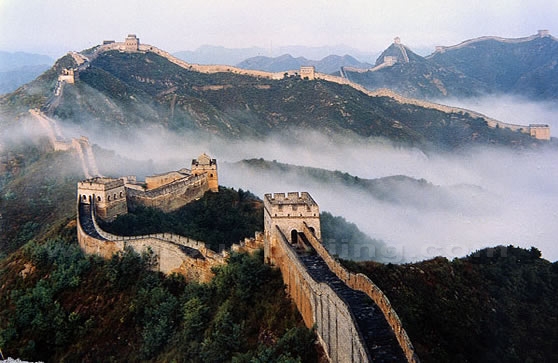
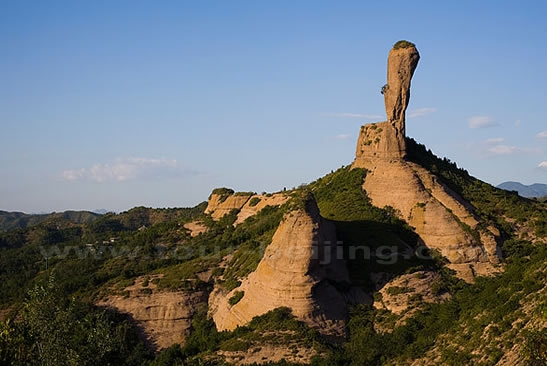
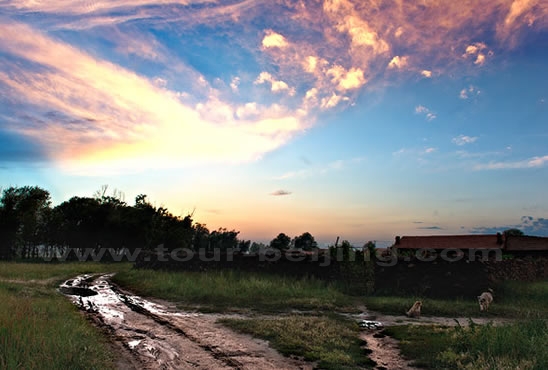
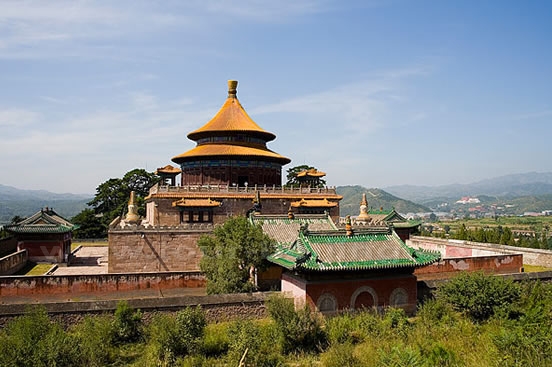
Hello.
We are 2 persons.
Do you have tour en Spanish?
Cost?
How many days do you recomend for visit all places in Chengde?
Thanks in advance.
José Alvarez
Hi Jose Alvarez,
Thanks for your inquiry! Your request has been sent to our service center. One of our staff members will contact you for the details later today. Much appreciated for your patience!
Hi! I’m a solo female traveler from India and wanted to inquire about a tour in English to saihanba national park in October (17-19)? Is there one and what would it cost. I don’t mind joining a group too. Thanks.
Dear Nandini Chauhan,
Thanks for your inquiry! But we don’t have any organized group tour visiting Aihanba National Park.
Besides, it is a bit late to visit aihanba national park in October (17-19), cold and no green grassland.
Any further request, please email us at [email protected]